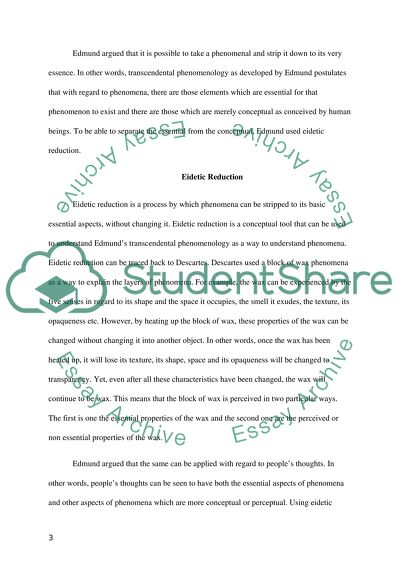Cite this document
(“Edmund Husserl's Cartesian Meditations (topic upon your own decision) Essay”, n.d.)
Edmund Husserl's Cartesian Meditations (topic upon your own decision) Essay. Retrieved from https://studentshare.org/philosophy/1479677-edmund-husserl-s-cartesian-meditations-topic-upon
Edmund Husserl's Cartesian Meditations (topic upon your own decision) Essay. Retrieved from https://studentshare.org/philosophy/1479677-edmund-husserl-s-cartesian-meditations-topic-upon
(Edmund Husserl'S Cartesian Meditations (topic Upon Your Own Decision) Essay)
Edmund Husserl'S Cartesian Meditations (topic Upon Your Own Decision) Essay. https://studentshare.org/philosophy/1479677-edmund-husserl-s-cartesian-meditations-topic-upon.
Edmund Husserl'S Cartesian Meditations (topic Upon Your Own Decision) Essay. https://studentshare.org/philosophy/1479677-edmund-husserl-s-cartesian-meditations-topic-upon.
“Edmund Husserl'S Cartesian Meditations (topic Upon Your Own Decision) Essay”, n.d. https://studentshare.org/philosophy/1479677-edmund-husserl-s-cartesian-meditations-topic-upon.


